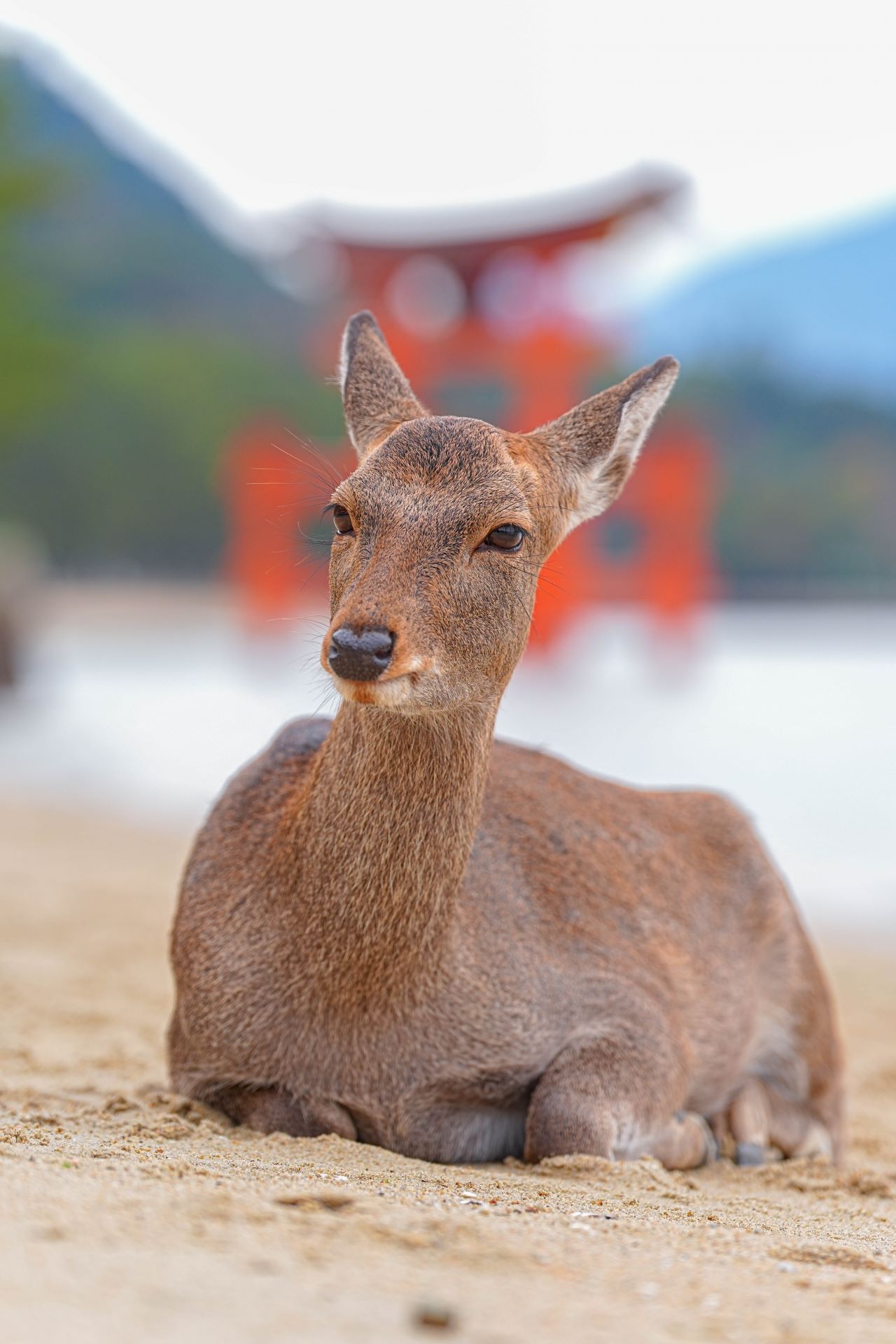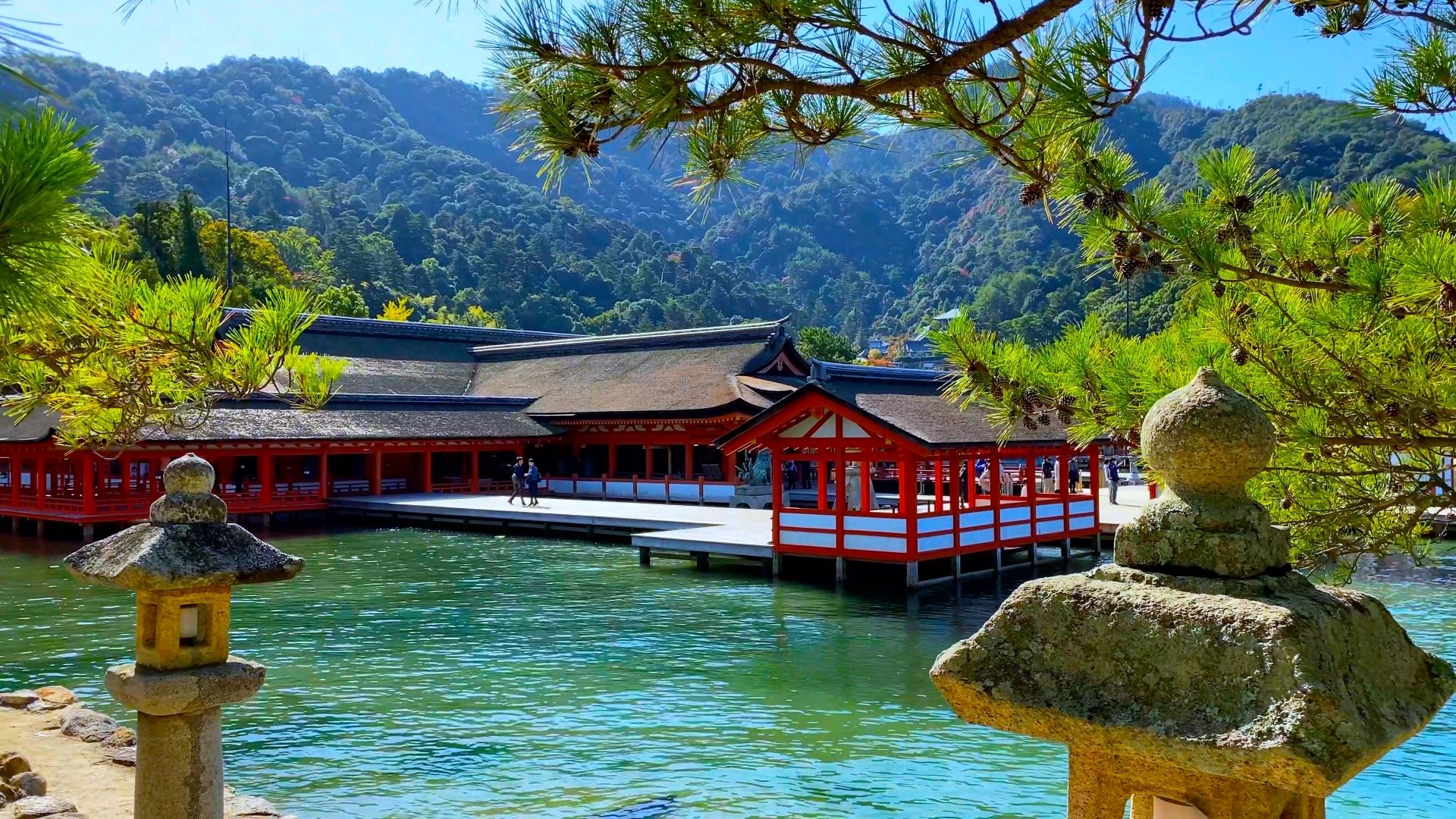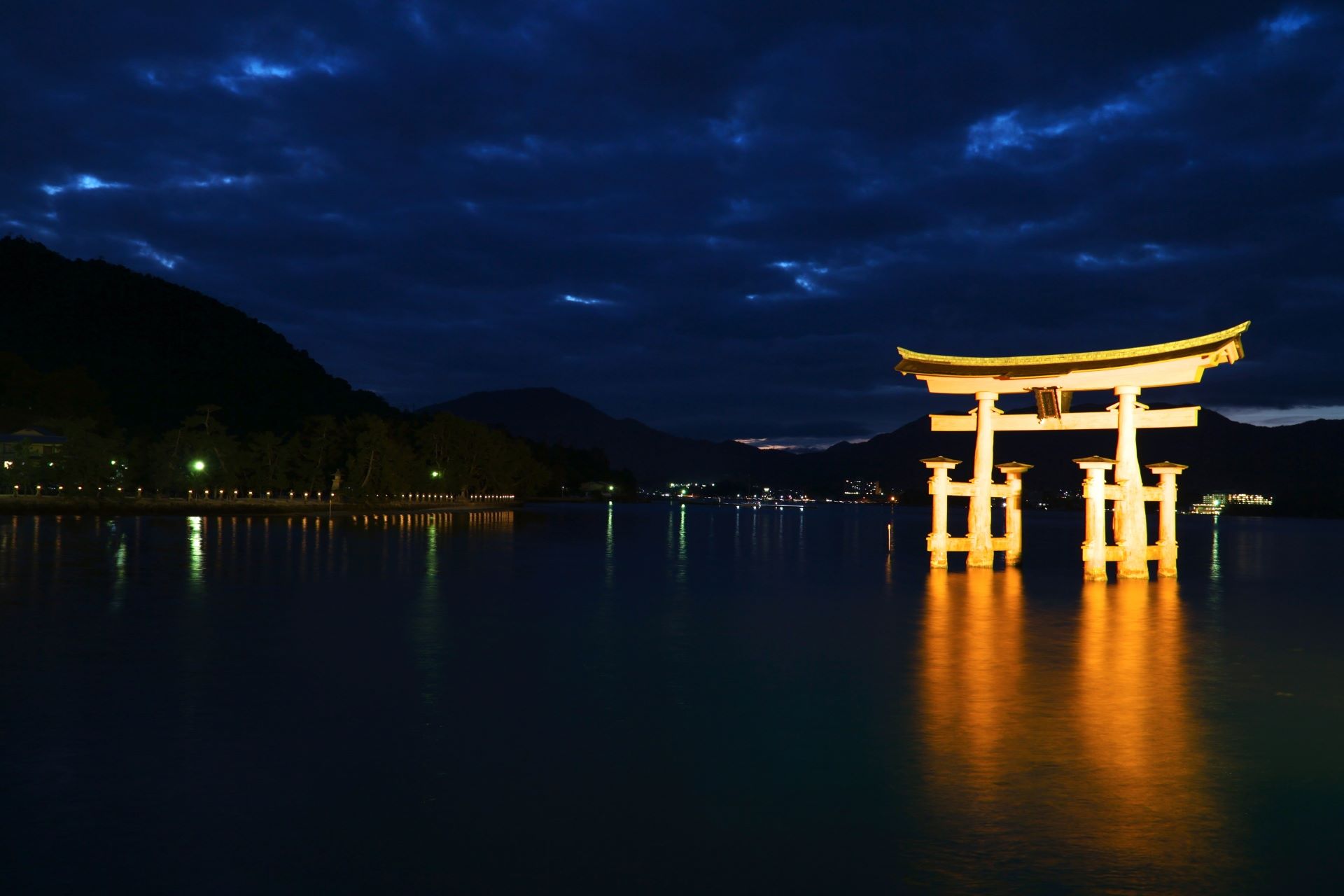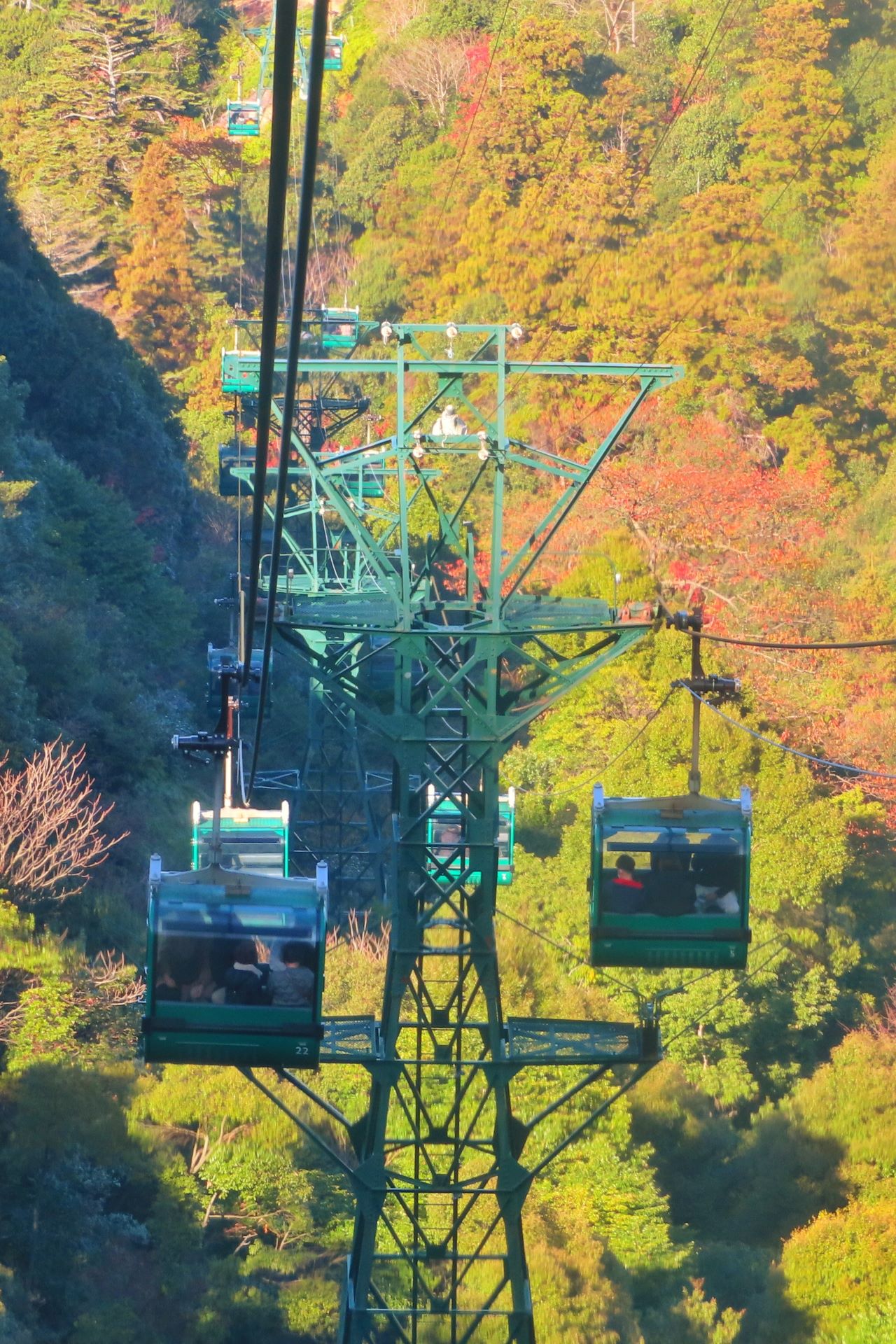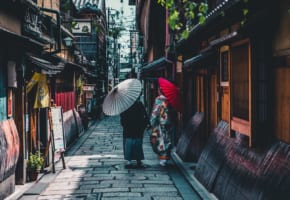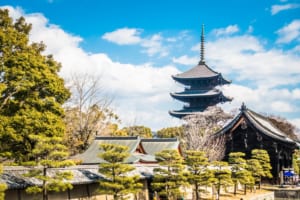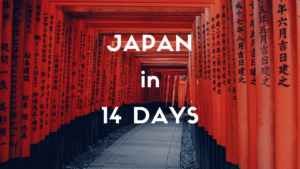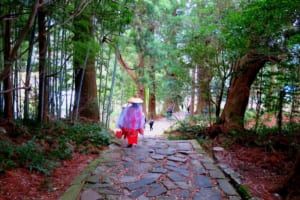Itsukushima Shrine: The Floating Icon of Japan
Guide to Itsukushima Shrine in Miyajima
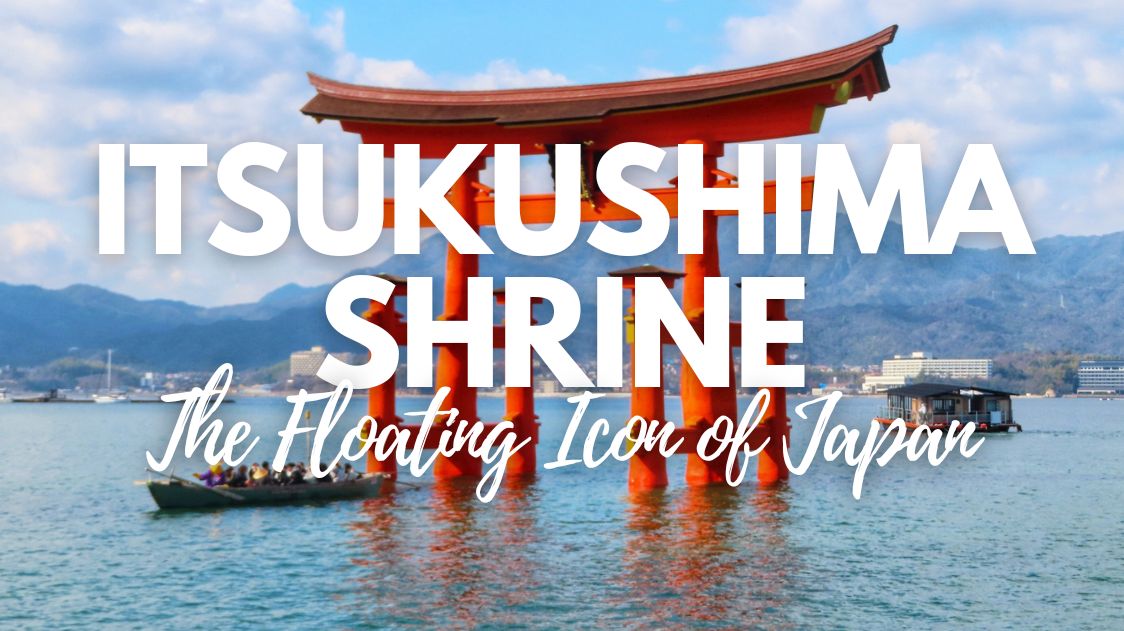
Have you ever imagined that iconic shrine gate that floats on water and seems ever present on some of the most popular images about Japan? That enchanting illusion is real and it’s located in Itsukushima Shrine in Miyajima! This visually stunning iconic site, one of the country’s most powerful visitor magnets, is also one of its oldest and most culturally significant places.
Established in 593 AD, the shrine’s striking red torii gate, emerging majestically from the sea, is an image that has become synonymous with Japan itself. As the tide rises and falls, the shrine and its torii gate create a mystical scene, drawing visitors from around the globe to witness this architectural marvel that perfectly harmonizes with its natural surroundings.
See also: Miyajima Island Hiroshima: Best Things to Do
What is Itsukushima Shrine?
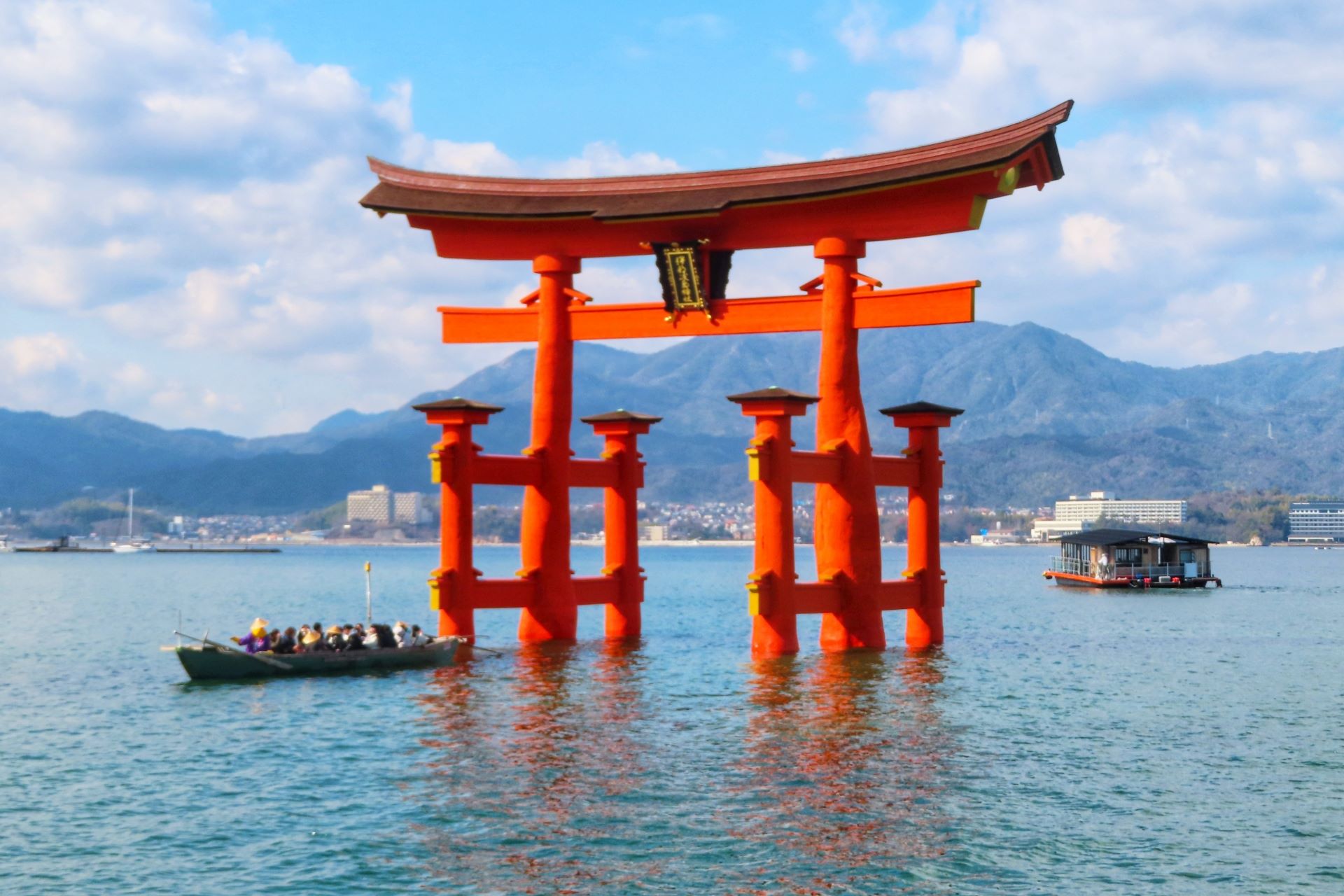
The shrine’s most iconic feature is its grand torii gate, which stands 16 meters tall and seems to float on the sea. This torii gate has had a tremendous cultural and aesthetical influence in Japan, and as such is considered one of the Nihon Sankei (日本三景), or one of the three most scenic views of Japan, alongside Matsushima in Miyagi Prefecture and Amanohashidate in Kyoto Prefecture.
The shrine has survived numerous natural disasters and has been meticulously maintained and restored over the centuries. In 1996, Itsukushima Shrine was designated as a UNESCO World Heritage Site, recognizing its value as an outstanding example of traditional Japanese architecture harmonized with its natural environment.
What to See and Do at Itsukushima Shrine?

- The Floating Torii Gate: The shrine’s most iconic feature, this 16-meter tall gate appears to float on the sea during high tide, creating a magical sight. At low tide, you can walk out to the gate and get a close-up view, so you can get different views.High tide and low tide times vary daily and depend on the season, lunar phase and local weather conditions, but generally, there are two high tides and two low tides within a 24-hour period. It’s best to check the tide schedules online before your visit.
- Main Hall (Honden) and other buildings: Explore the main hall, one of the largest in Japan. The buildings of the entire complex are connected by wooden boardwalks and everything is located above the water, creating a similar effect to the floating torii gate during high tide. The complex also include smaller shrines like Tenjin Shrine and Daikoku Shrine on the West Corridor.
- Noh Theater Stage: The complex also includes a Noh Theater, and if you’re lucky and happen to visit in mid-April, there’s the annual Toka Festival where traditional Noh performances are held over three days from the 16th to the 18th of April.
- Local Deers: Miyajima is also famous for its friendly deers that roam freely around the island. These deers are considered sacred messengers of the gods and are accustomed to human interaction. While they can be quite friendly, it’s essential to treat them with respect while being careful with one’s belongings.
- Summer Fireworks: If you happen to be in the area in late August, then you cannot miss Miyajima Water Fireworks Festival, one of the most impressive fireworks in the country!
- [Optional] Spend the night at a local ryokan: To fully experience the magic of Itsukushima island, you can spend the night and see the shrine and the torii gate illuminated at night until 23:00. Strolling around the shrine area in the evening, with the gate beautifully lit against the dark water, is an unforgettable experience!
How to Get to Itsukushima Shrine
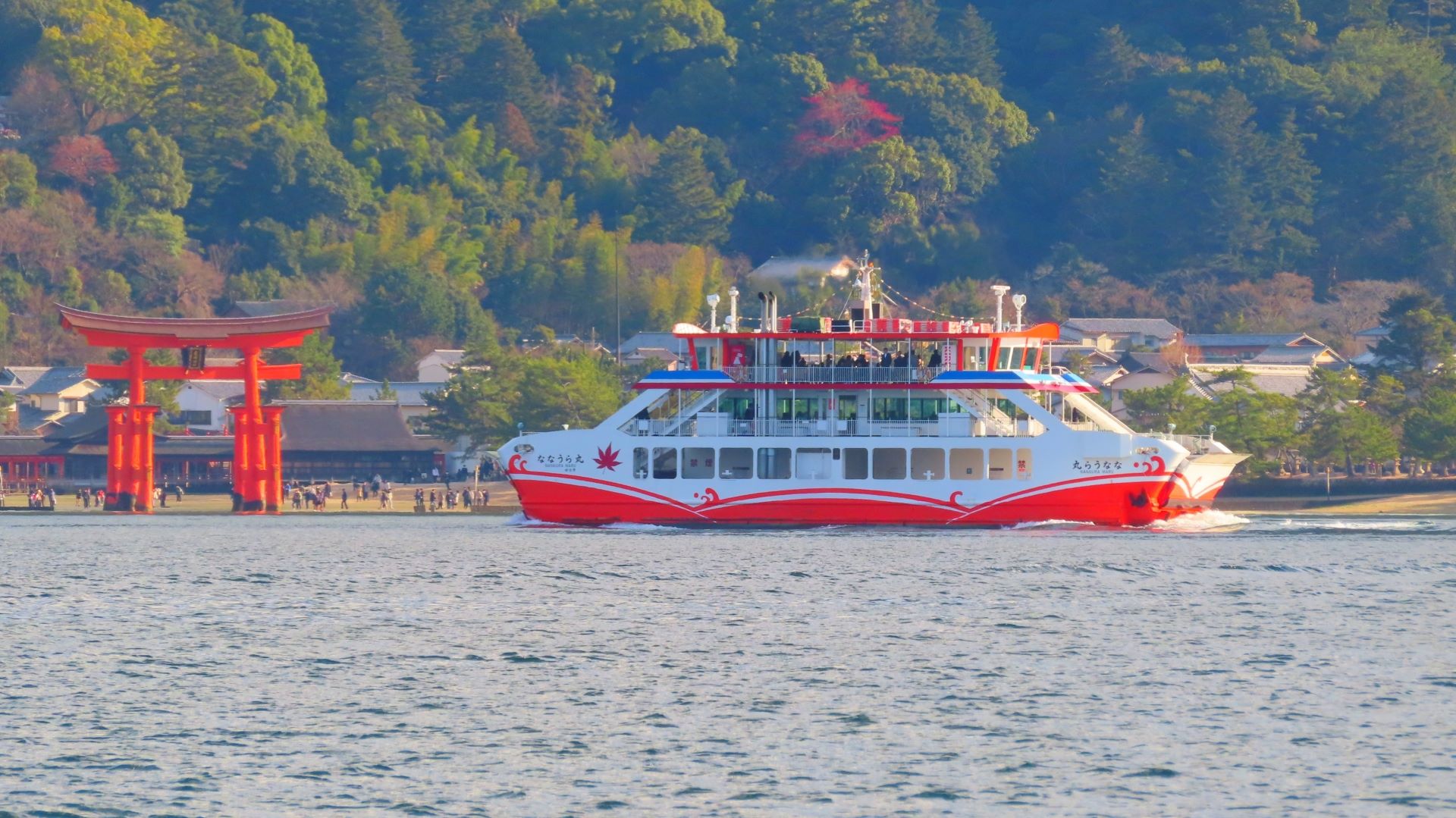
Tourist Attractions Near Itsukushima Shrine
Exploring Itsukushima Shrine is just the beginning. The island offers several other attractions that will enrich your visit:
1. Miyajima Omotesandō Shopping Street
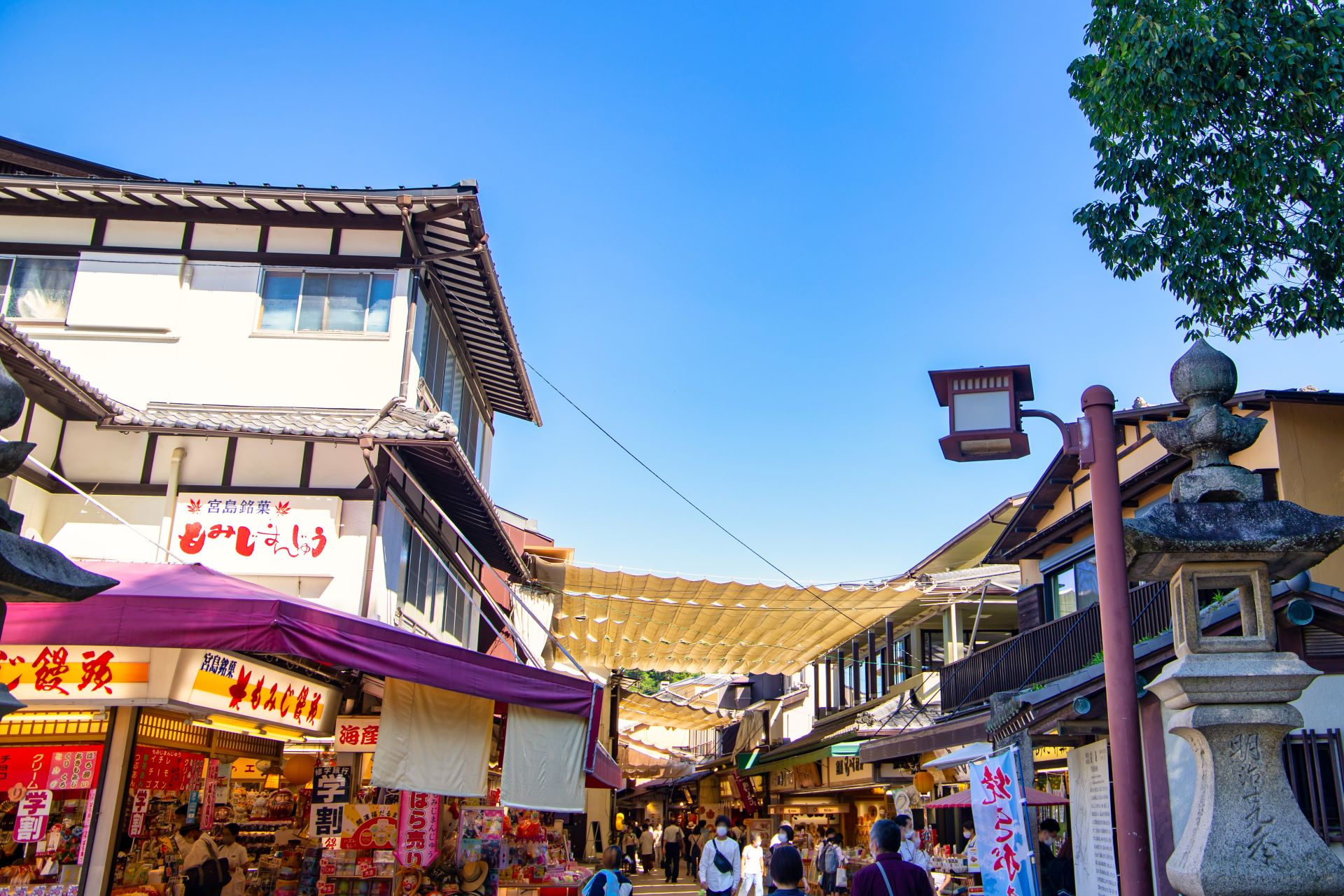
The street is also lined with craft shops offering traditional items and unique gifts, so oit’s a perfect place to pick up a memento of your visit. And if you’re a Rilakkuma fan, take the chance to stop by the impossibly cute Miyajima Rilakkuma Sabo Cafe!
 Access Access |
6-min walk from Itsukushima Shrine |
|---|---|
 Official Website Official Website |
https://www.miyajima.or.jp/live/omotesando.html |
2. Mount Misen Observatory
The Mount Misen Observatory (弥山 展望台) is the highest point on the island at 535 meters, with breathtaking panoramic views of the Seto Inland Sea and surrounding islands. It’s accessible by a scenic hike or a relaxing ride on the Miyajima Ropeway. The journey to the top also allows you to explore the island’s rich flora and fauna, including ancient temples and unique rock formations.
 Access Access |
15-min ropeway from Momijidani Station, then 22-min walk |
|---|---|
 Official Website Official Website |
http://miyajima-ropeway.info/view/ |
3. Daishoin Temple
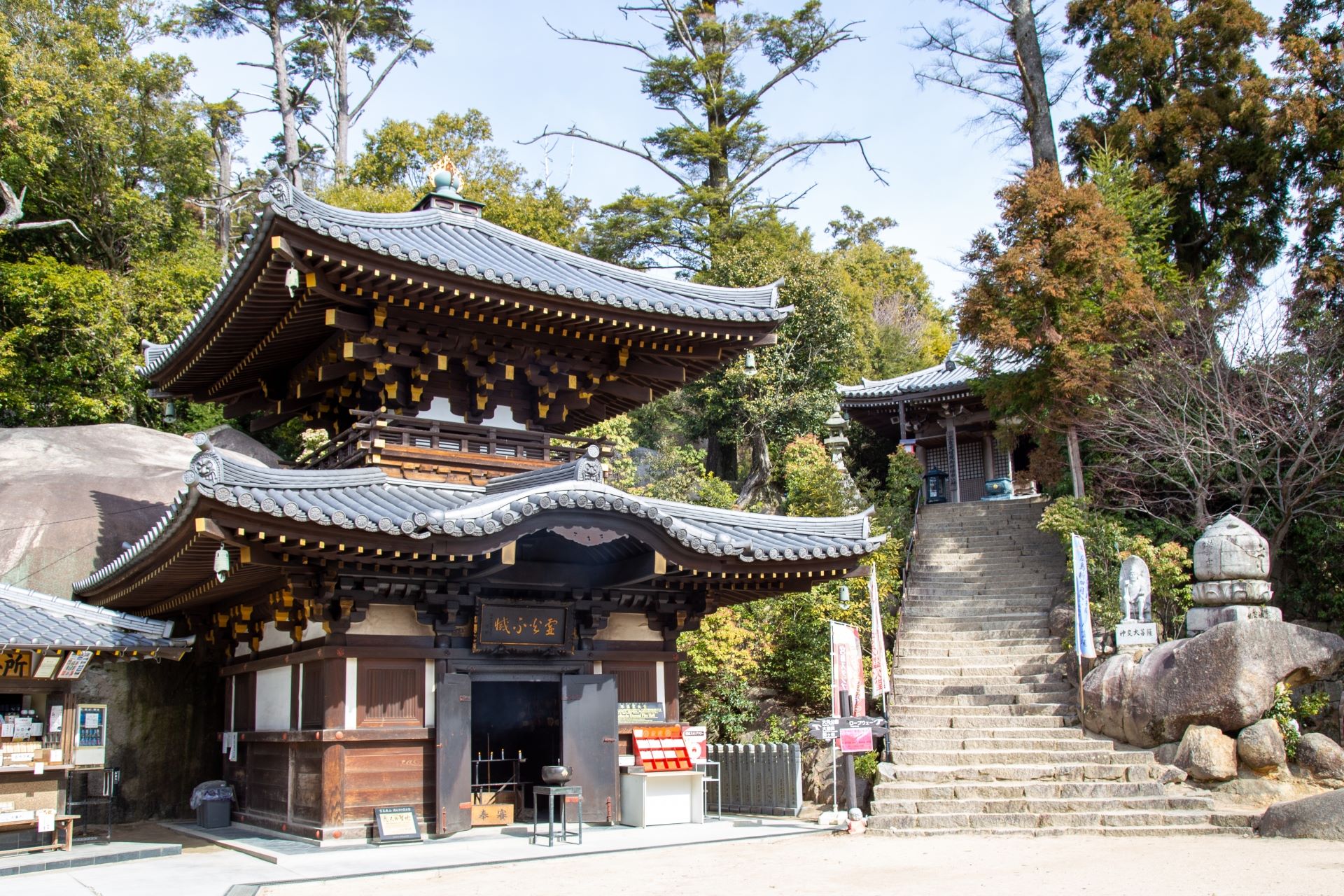
More info: Daisho-in Temple: the Hidden Wonder on Miyajima Island Hiroshima
4. Miyajima Public Aquarium
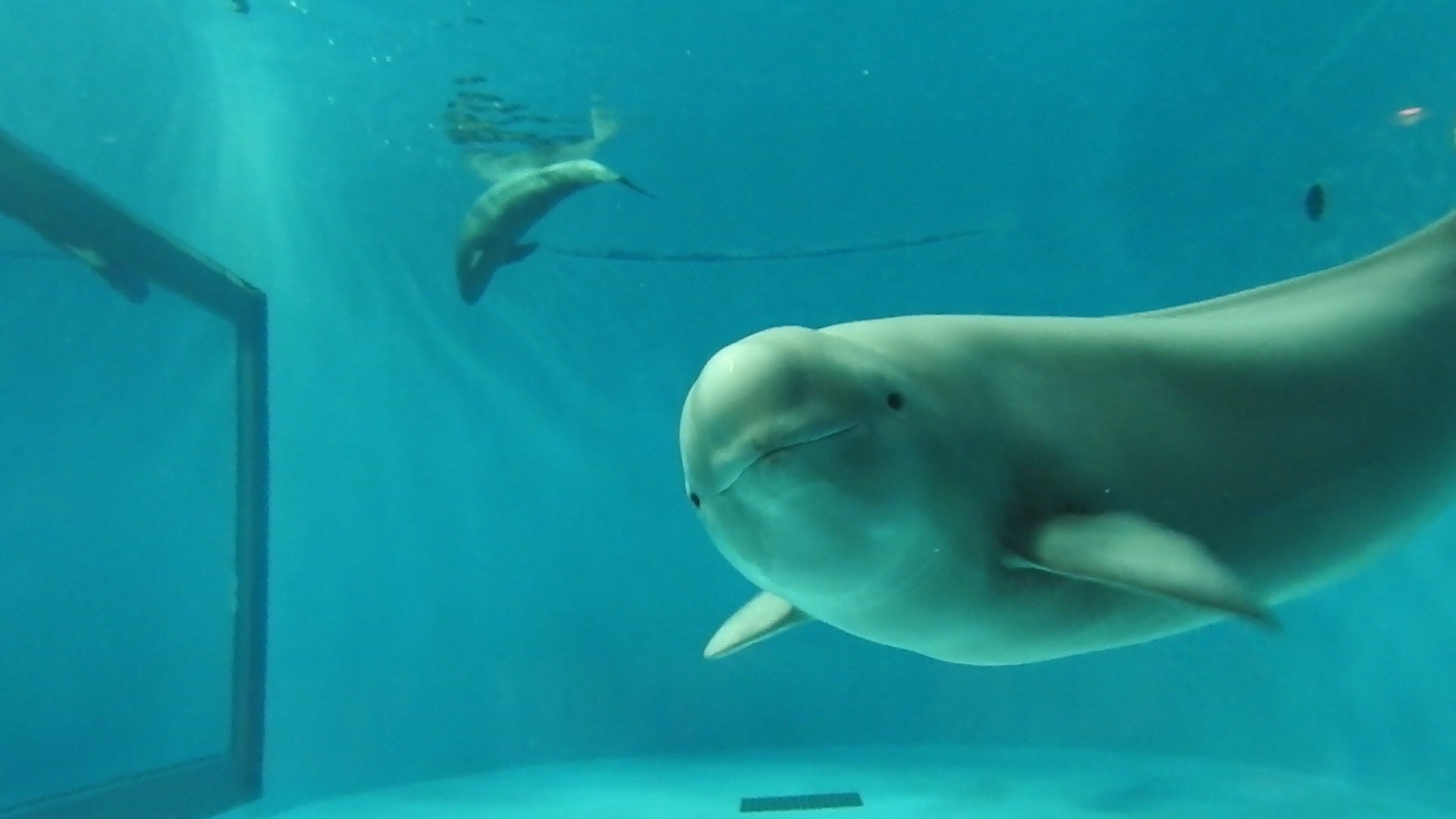
The Miyajima Public Aquarium (みやじマリン 宮島水族館), also known as Miyajimarine, showcases the diverse marine life of the Seto Inland Sea. The aquarium features interactive exhibits, live shows, and a variety of tanks housing creatures such as sea lions, penguins, and a multitude of colorful fish. It’s an educational and entertaining destination, perfect for families and marine enthusiasts alike.
▽Subscribe to our free news magazine!▽
For more information about traveling in Japan, check these articles below, too!
▽Related Articles▽
▼Editor’s Picks▼
Written by
Photographer, journalist, and avid urban cyclist, making sense of Japan since 2017. I was born in Caracas and lived for 14 years in Barcelona before moving to Tokyo. Currently working towards my goal of visiting every prefecture in Japan, I hope to share with readers the everlasting joy of discovery and the neverending urge to keep exploring.





